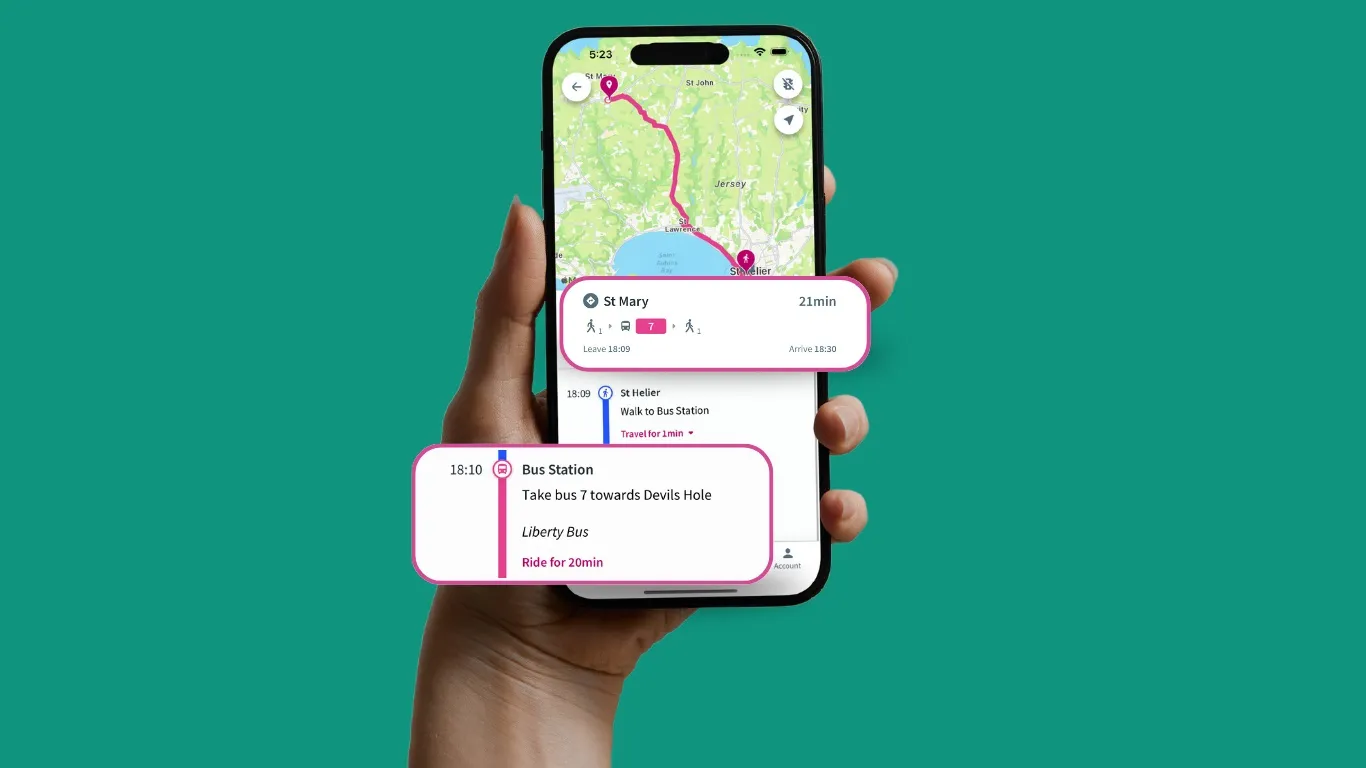FlixBus manages the technology, ticketing, customer service, network planning, marketing and sales while its local partners operate the vehicles. For the first phase, 180 FlixBus connections will be operated by six regional bus companies.
In Europe, FlixMobility plans to extend its current service to enable 350,000 connections per day. The service will focus on cross-border services between tourist destinations in Western and Eastern Europe for the summer period. The company says passengers will benefit from higher frequencies on journeys between Europe’s capital cities such as Paris to London and Warsaw to Berlin.
Riders will be able to use an Interflix pass for €99 to choose five preferred routes from a network regardless of the distance between destinations. In addition, Flix Train routes that are part of the route map can also be booked with the ticket.
Flixbus enters US and grows European mobility network
German mobility start-up Flixbus is entering the US on 31 May to provide cheap bus services to passengers in Los Angeles, San Diego, Las Vegas, Phoenix and Tucson. The FlixMobility subsidiary intends to offer 1,000 daily connections in the US by the end of 2018.
FlixBus manages the technology, ticketing, customer service, network planning, marketing and sales while its local partners operate the vehicles. For the first phase, 180 FlixBus connections will be operated by six regional bus companies.
May 17, 2018
Read time: 2 mins
German mobility start-up Flixbus is entering the US on 31 May to provide cheap bus services to passengers in Los Angeles, San Diego, Las Vegas, Phoenix and Tucson. The FlixMobility subsidiary intends to offer 1,000 daily connections in the US by the end of 2018.










